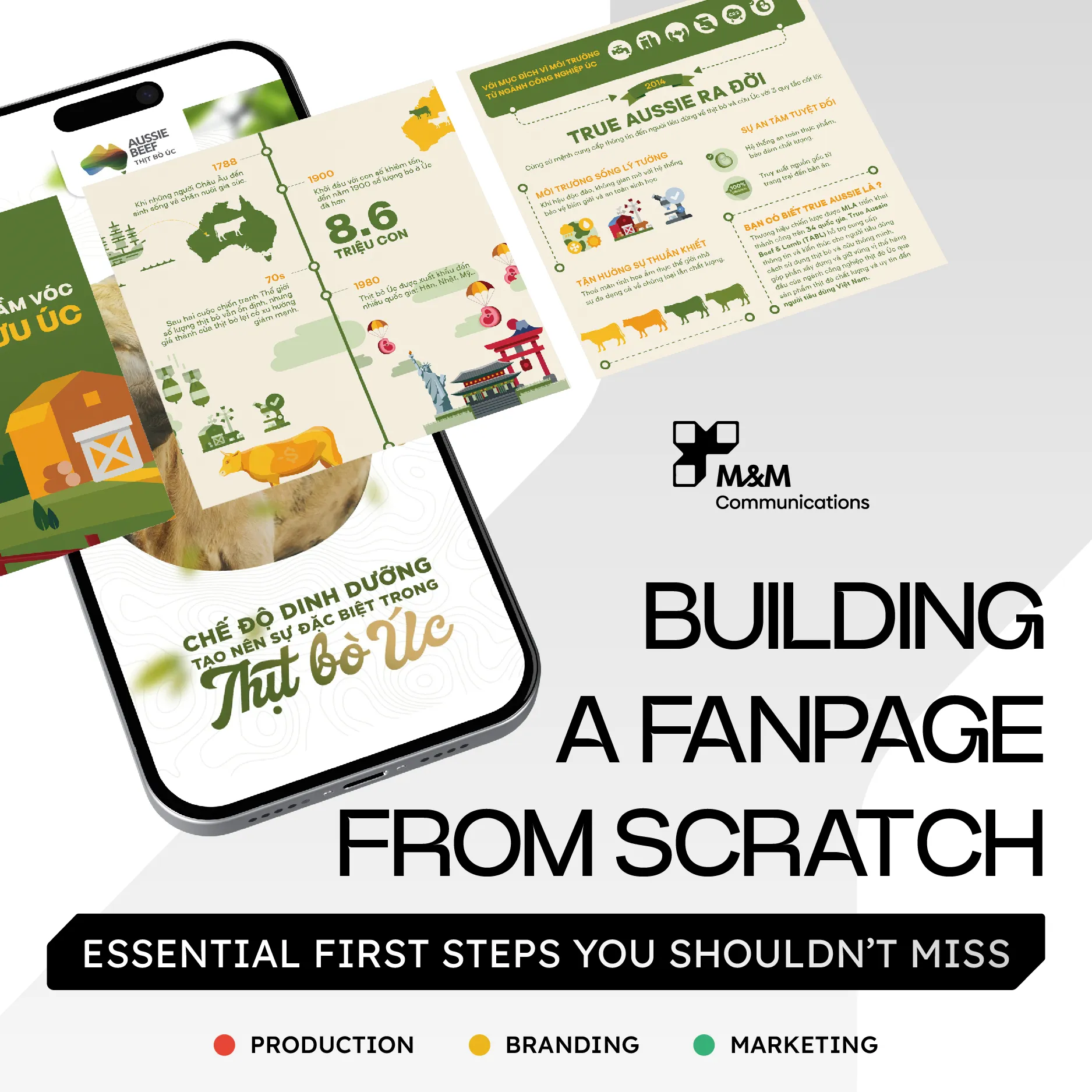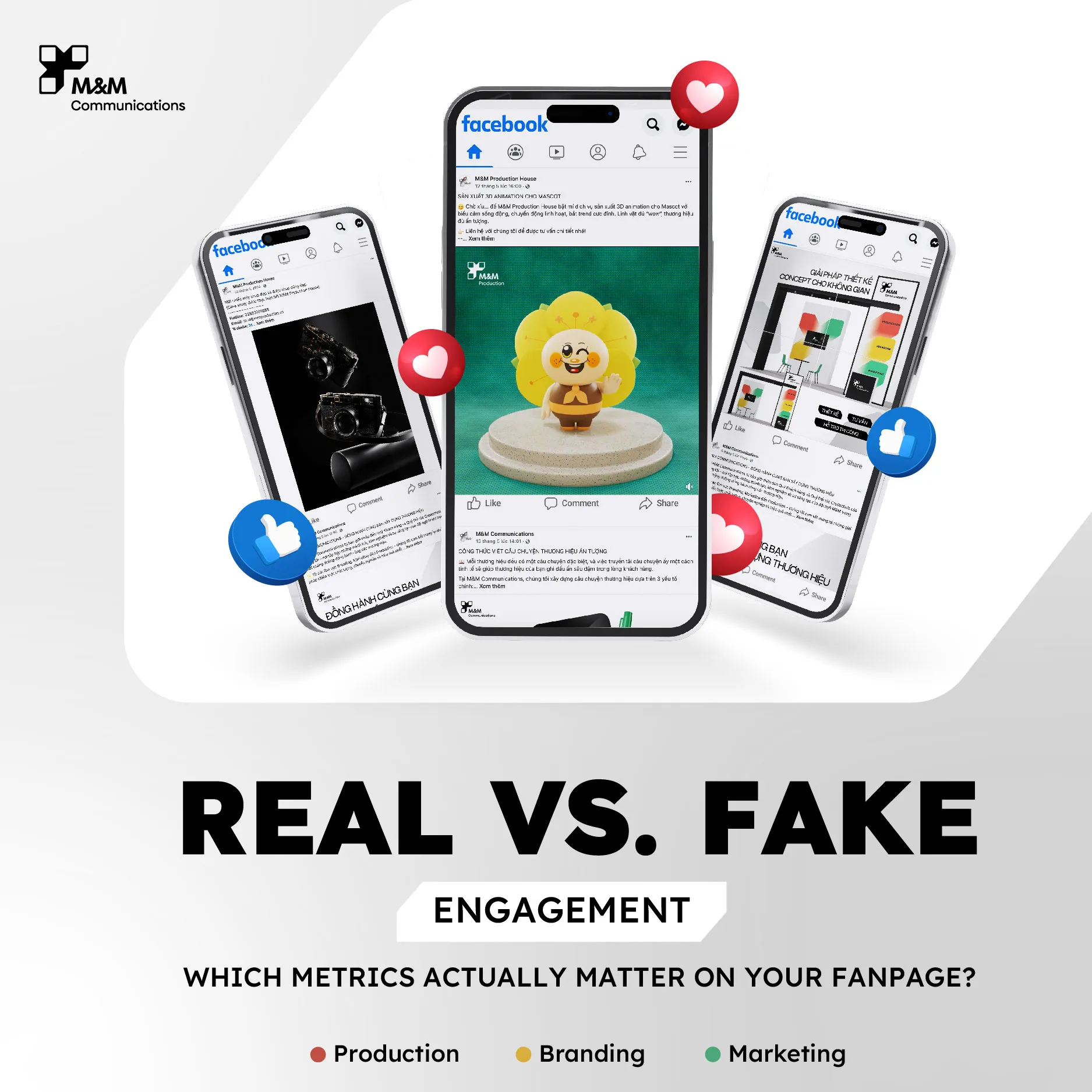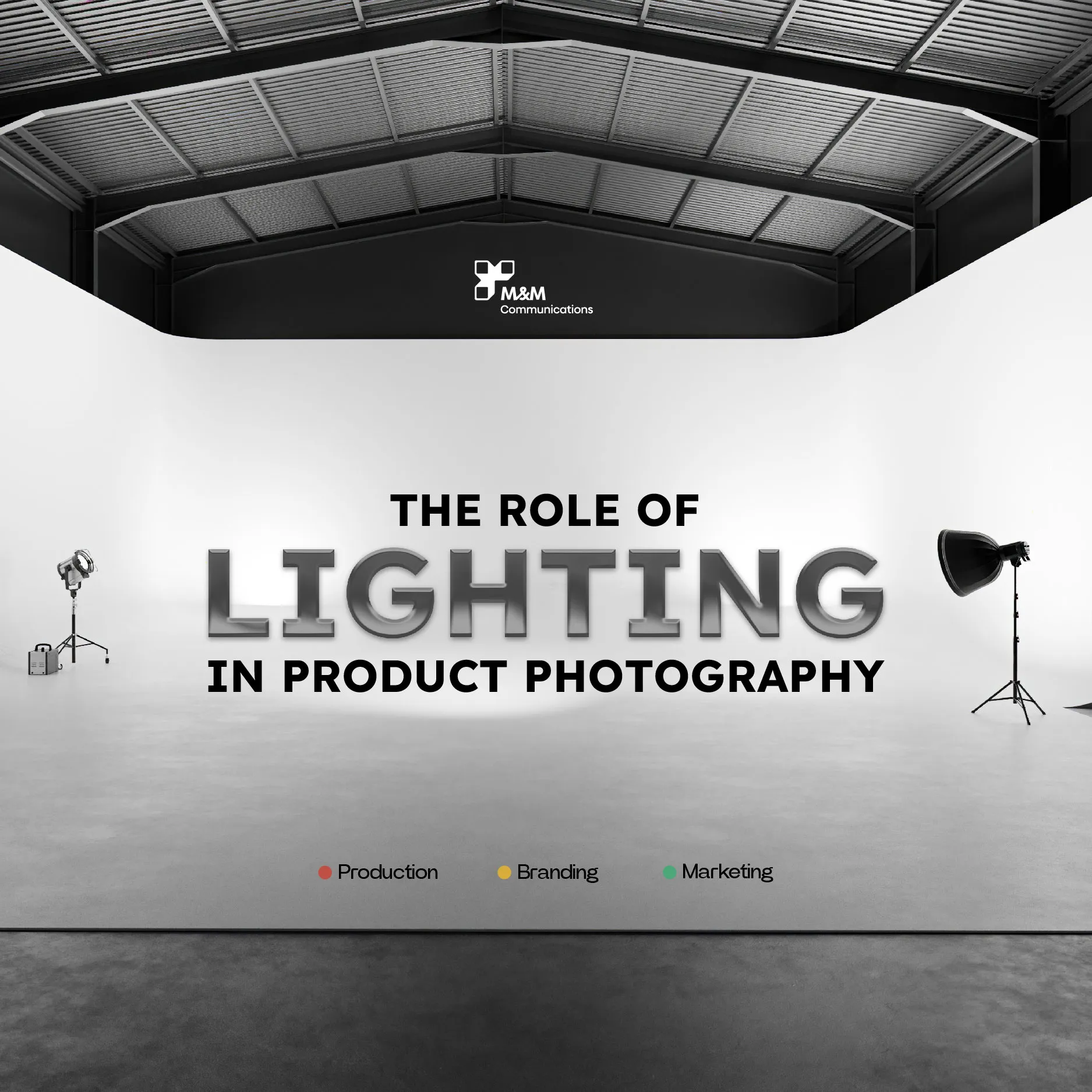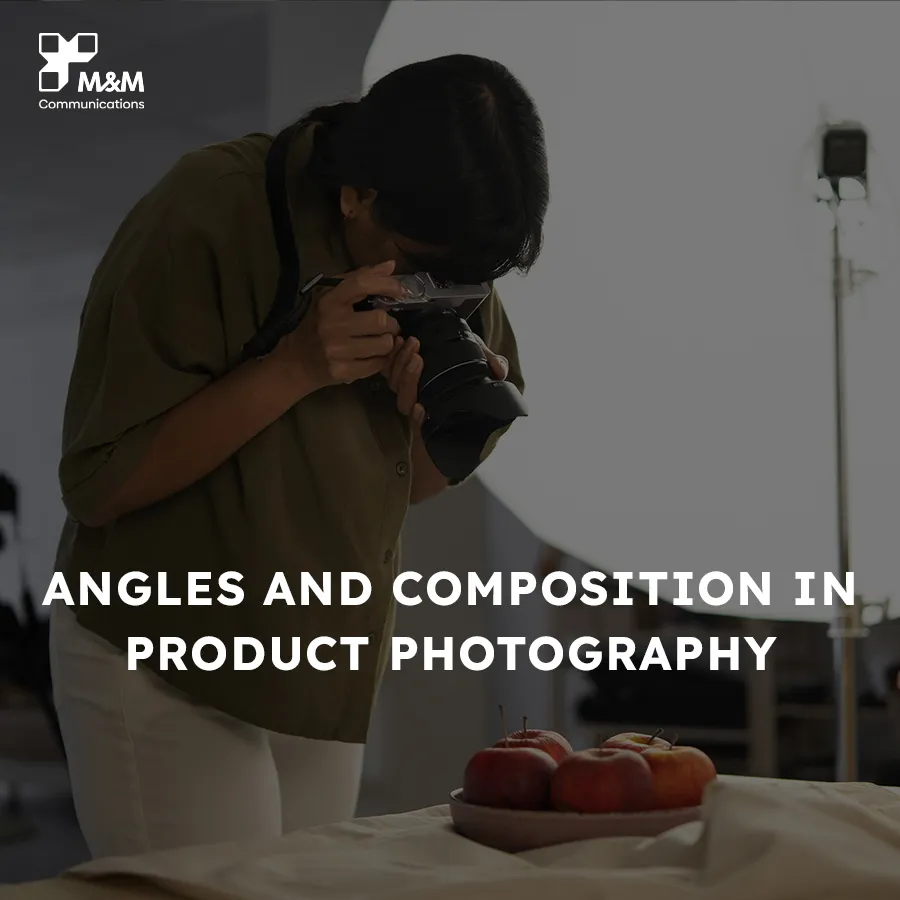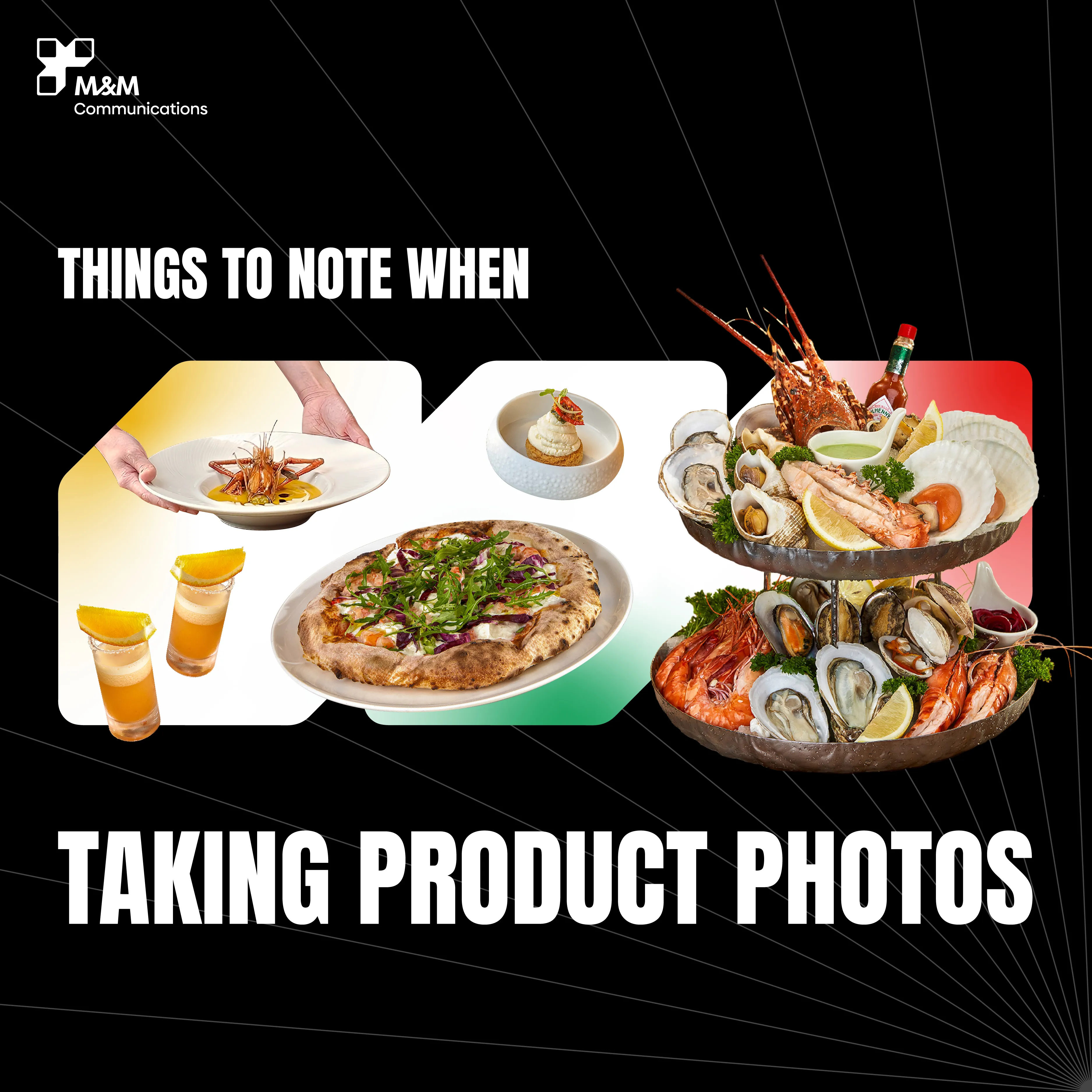
On average, we encounter thousands of pieces of information every day, but not all content is stored and remembered by our brains. Only captivating words and eye-catching images grab our attention and leave an impression. So how can we create striking product photos alongside engaging content? What should we keep in mind when taking product photos? Let's explore these questions with M&M Communications.
What is Product Photography?
Product Photography is the process of creating visual representations of products for use in marketing and advertising activities. These images are commonly used on e-commerce platforms, company websites, social media channels, and various advertising content.
The goal of product photography is to showcase the product in an honest, appealing, and attractive manner. This approach stimulates the interest of potential customers in the product and brand, reminding them of your brand in a market crowded with competitors.
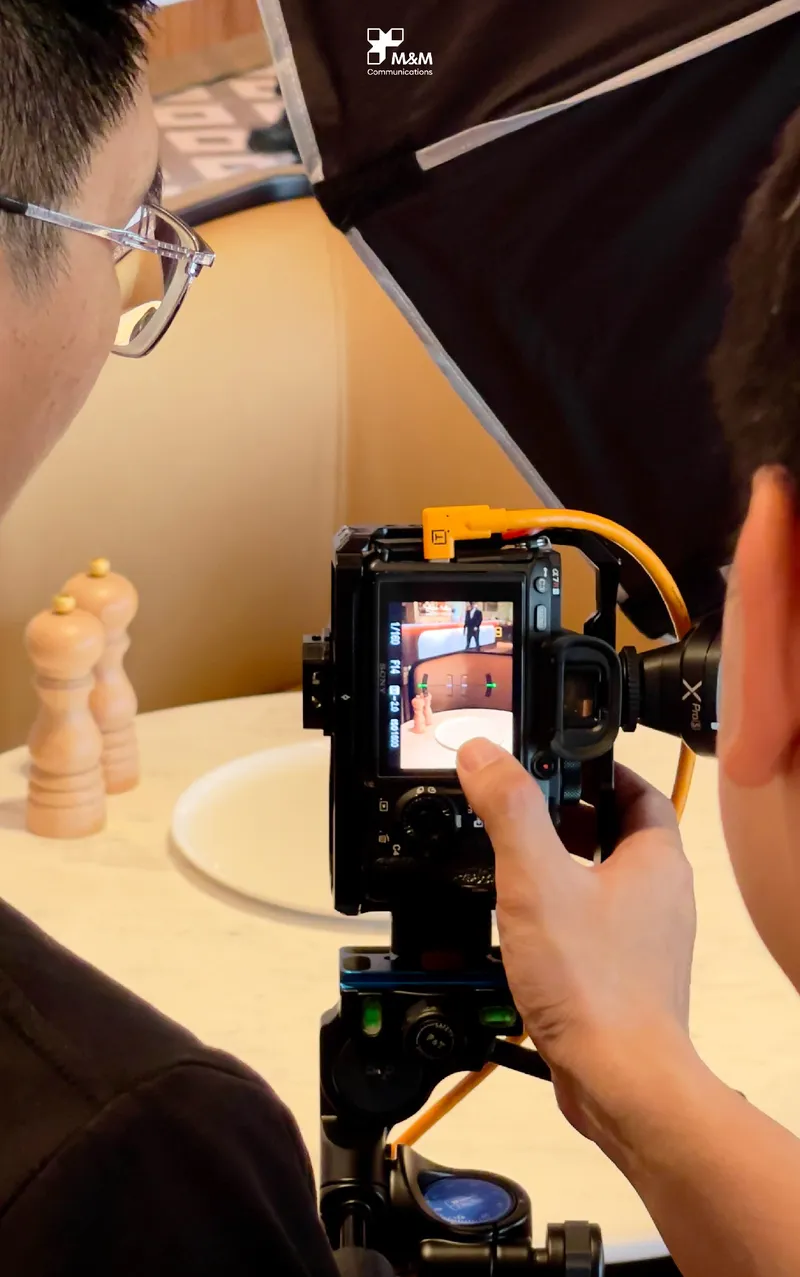
The Role of Product Photography for Businesses
Numerous studies have shown that the brain can remember images better than words. So if content is "king," then product images are the "key"—the key to helping your brand reach customers and influence consumer behavior.
Therefore, beyond describing and providing customers with a tangible sense of the product, product images play a crucial role in a business's marketing strategy.

Below are some key roles of product photography:
Increase Customer Attraction:
Eye-catching and high-quality product images can capture customers' attention and spark their interest in the product. In marketing, this is referred to as the visual appeal—a critical factor in creating a strong first impression and attracting initial customer interest.
Build Customer Trust:
Clear and realistic images provide customers with an accurate view of the product, enhancing trust and reducing doubts when shopping online. Often, customers rely solely on product images from e-commerce platforms or social media channels to make purchase decisions without any prior physical experience with the product. Detailed and sharp product photos can reassure them about the product's quality and features, which is crucial for building customer loyalty and trust toward the brand.
Increase Conversion Rates:
Attractive product images can prompt customers to make quicker purchase decisions, thereby boosting conversion rates and sales. Studies have shown that customers are more likely to buy products when they can clearly see the details, colors, and design through high-quality images. Using elements like call-to-action in the images can also stimulate immediate purchasing actions, enhancing the effectiveness of marketing campaigns.
Enhance Brand Value:
High-quality images not only highlight the product but also reflect the brand's professionalism and credibility. A visually appealing and cohesive set of product photos helps the brand build a consistent and trustworthy image in customers' eyes. This not only creates a strong brand identity but also contributes to increasing brand equity, allowing businesses to compete more effectively in the market.
Things to Consider When Photographing Products
The roles and benefits of product images for businesses are undeniable. However, not all product images easily capture customers' attention. To achieve beautiful and effective product photos, here are some factors your business should consider:
Avoid Harsh Lighting:
Lighting is the most critical element in product photography. Good lighting will highlight the product's details and colors, creating clear and appealing images. However, overly strong or harsh lighting can obscure details and create unwanted shadows on the product. To address this, you should use reflectors or light diffusers to adjust the lighting.
Choose an Appropriate Background Color:
The background also plays a crucial role in making the product stand out. Choosing the right background will make the product more attractive. While a white background makes it easy for editing and post-production, colorful backgrounds can enhance aesthetics and create uniqueness for the product. However, overly complex backgrounds or those with too many details can distract customers from the product.
Diverse Shooting Angles:
The shooting angle determines how customers view the product. In a photoshoot, you should experiment with different angles to find the best one for your product. Here are some angles you should try:
Front Angle: This angle is commonly used to clearly show the product from the front.
Top-Down Angle: This angle is suitable for products lying flat, such as clothes or food.
45-Degree Angle: This is a popular angle for most types of products, showing both width and depth.

Front-facing angle - photo produced by the M&M Production House team

Top-down angle - mooncake packaging designed by M&M Communications

45-degree angle - product photo of Rooster Beers produced by the M&M Production House team
Image Quality
Image quality is a crucial factor that directly affects the effectiveness of product photography. To achieve high-quality product photos, you need to pay attention to the following elements:
Resolution: High-resolution images will be clearer and maintain their quality when enlarged.
File format: The file format also impacts image quality. It is recommended to use uncompressed formats like TIFF or RAW to preserve maximum image quality.
Post-production: Post-production editing can enhance image quality by adjusting lighting, colors, and removing unwanted details.
Consistency
Consistency in product photography is essential, especially when you have multiple products. Consistency helps create a professional image collection and makes brand recognition easier:
Photography concept: Maintain a consistent photography concept for all products, from lighting and angles to backgrounds.
Image size: Depending on the purpose of use, you can be flexible with the size of product images. However, it is advisable to keep all images the same size and ratio to create a harmonious layout, making post-production and editing easier.
Post-production editing: Apply consistent editing techniques and parameters to all images to maintain uniformity and aesthetic appeal.
A beautiful product photo not only highlights the product but also has a significant impact on the customer's purchasing decision. However, taking product photos that result in sharp, attractive, and eye-catching images requires attention to many different factors. Let M&M Communications help you achieve the highest quality product photos.
As a professional Production House with many years of experience in product photography, M&M Communications will provide you with high-quality and visually appealing product photography services, making your products stand out on every platform.
>>>> M&M Communications provides professional product photography services
Conclusion
Product photography is a task that requires careful attention and meticulousness. By paying attention to important factors such as lighting, background, shooting angles, image quality, and consistency, you can create beautiful and effective product photos. If you are looking for a reputable unit to support professional and high-quality product photography, contact M&M Communications for the best support.
